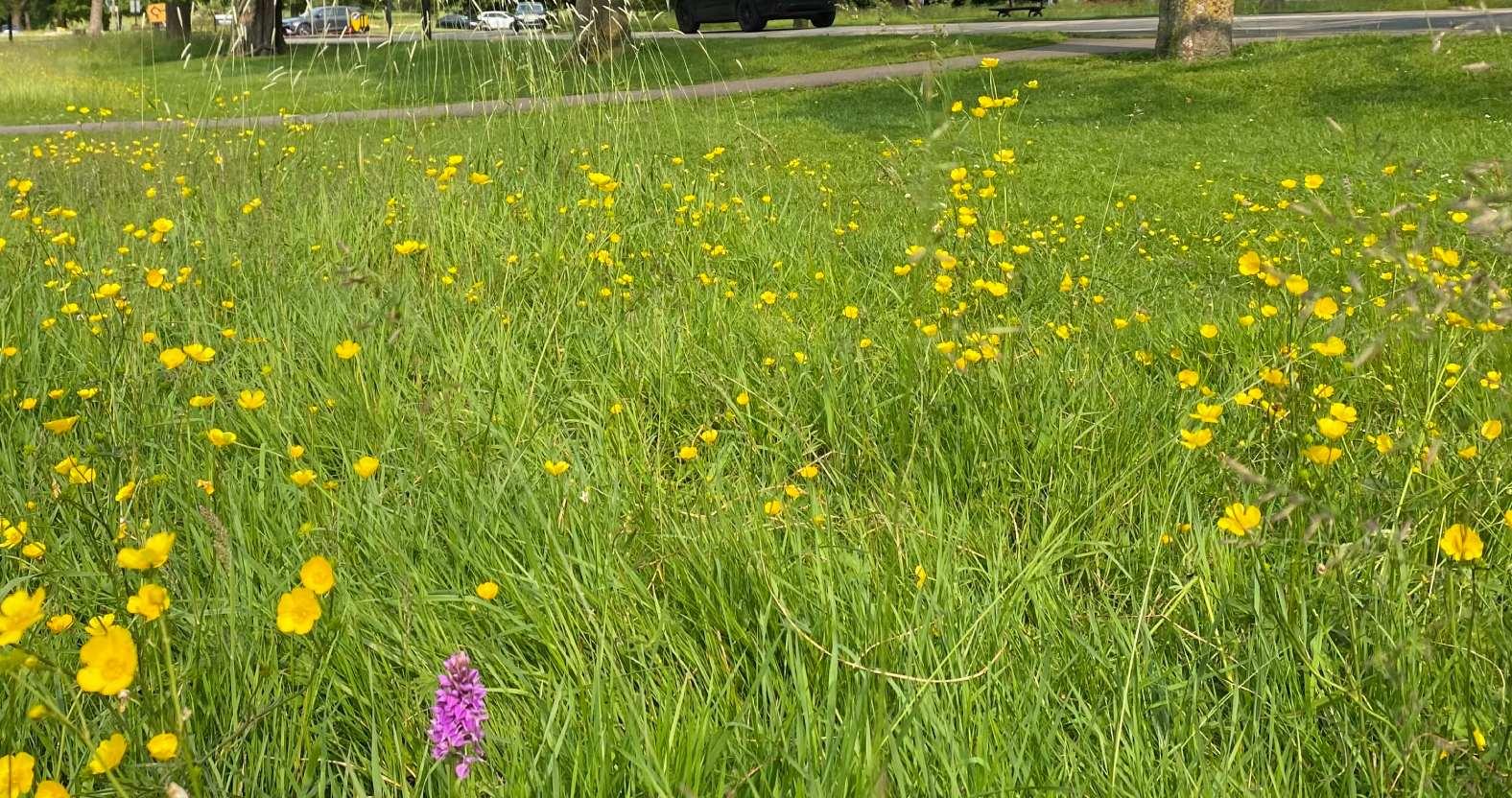Subscribe to trusted local news
In a time of both misinformation and too much information, quality journalism is more crucial than ever. By subscribing, you can help us get the story right.
- Subscription costs less than £1 a week with an annual plan.
Already a subscriber? Log in here.
09
Jun
Wild orchids on the Stray are 'encouraging signs', says botanist

The appearance of wild orchids on the Stray suggests North Yorkshire Council’s policy of leaving parts of it unmown is paying off, according to a local botanist.
Kevin Walker, who is head of science at the Botanical Society of Britain and Ireland, has spotted two native species of orchid growing on the wilded edges of the Stray, and says that more could follow if they’re allowed to.
Mr Walker, who lives in Harrogate, has identified the common spotted orchid and the southern marsh orchid both growing on the Stray, within five minutes’ walk of the town centre. He has also seen bee orchids, which are also native to the UK, growing on uncut grass verges around the town.

The bee orchid. Photo: Creative Commons/Wiki.
He told the Stray Ferret:
For a long time, I’ve been trying to encourage folks to relax cutting to allow wildflowers and biodiversity more generally to thrive, especially on roadsides, gardens and in public spaces like the Stray. Now I’m seeing some encouraging signs that this working.

The common spotted orchid. Photo: Creative Commons Flickr/nz_willowherb.
The common spotted orchid is the UK’s most common wild orchid, but the southern marsh orchid and bee orchid are both more common in the south of the country.
Mr Walker said:
Both these species are spreading north from southern Britain due to climate change. The marsh orchid was first recorded in our area in the 1990s but is now in more than 20 sites. Most of them are in various nature reserves, so it’s really nice to see them colonising the Stray.
Likewise, the bee orchid has spread dramatically in recent decades. It’s been doing a similar thing, popping up on people’s lawns and on grass verges around the district.
He said such species were likely to become more commonly sighted, so long as the council's “no mow” policy – which echoes Plantlife's No Mow May campaign – remained in place.
He said:
Orchids disperse really well. They have some of the smallest seeds of any plants – similar in size to fern spores – and they just get wafted up on air currents and spread around. If they’re allowed to grow, they will spread.
They take a few years to grow big enough to flower, but they will survive for decades as a root. You just don’t get to see them if the grass is always cut.
You have to leave the grass from mid-May to the end of July. It’s just a matter of convincing the council not to cut it.

The council has left broad strips of grass unmown, but most of the Stray is still cut short.
He said the Stray had great potential as a habitat for wildlife, because unlike most farmland it has never been fertilised.
He said:
Because the Stray has never been agriculturally improved, it’s quite interesting around the edges. For example, you can find all three species of buttercup – meadow, creeping and bulbous – which is quite unusual. It has to be ancient grassland for that to happen.
Some areas are also good for grassland fungi in the autumn. For example, you can find waxcaps, which are a good indicator species.
The problem is that the grass is cut so often that we just don’t know what else is there.

Wildflowers are being allowed to grow around the edges of the Stray.
Asked what people could do to encourage the growth of these unusual species in their own garden, Mr Walker was unequivocal. He said:
No Mow May. It’s as simple as that. If you can keep going through the summer, just leaving things to grow without mowing, you’ll be amazed at what comes up. The flowers bring in the insects, and provide food for the birds. It’s great for wildlife.
Have you seen any unusual plant species in unmown spots around the district? Let us know, and please do share any photos you have, at letters@thestrayferret.co.uk.
2